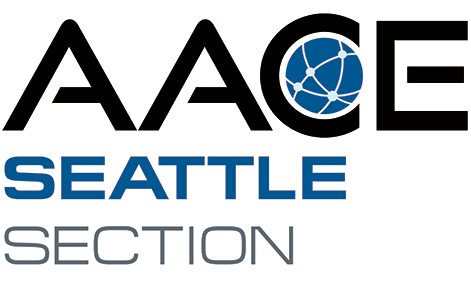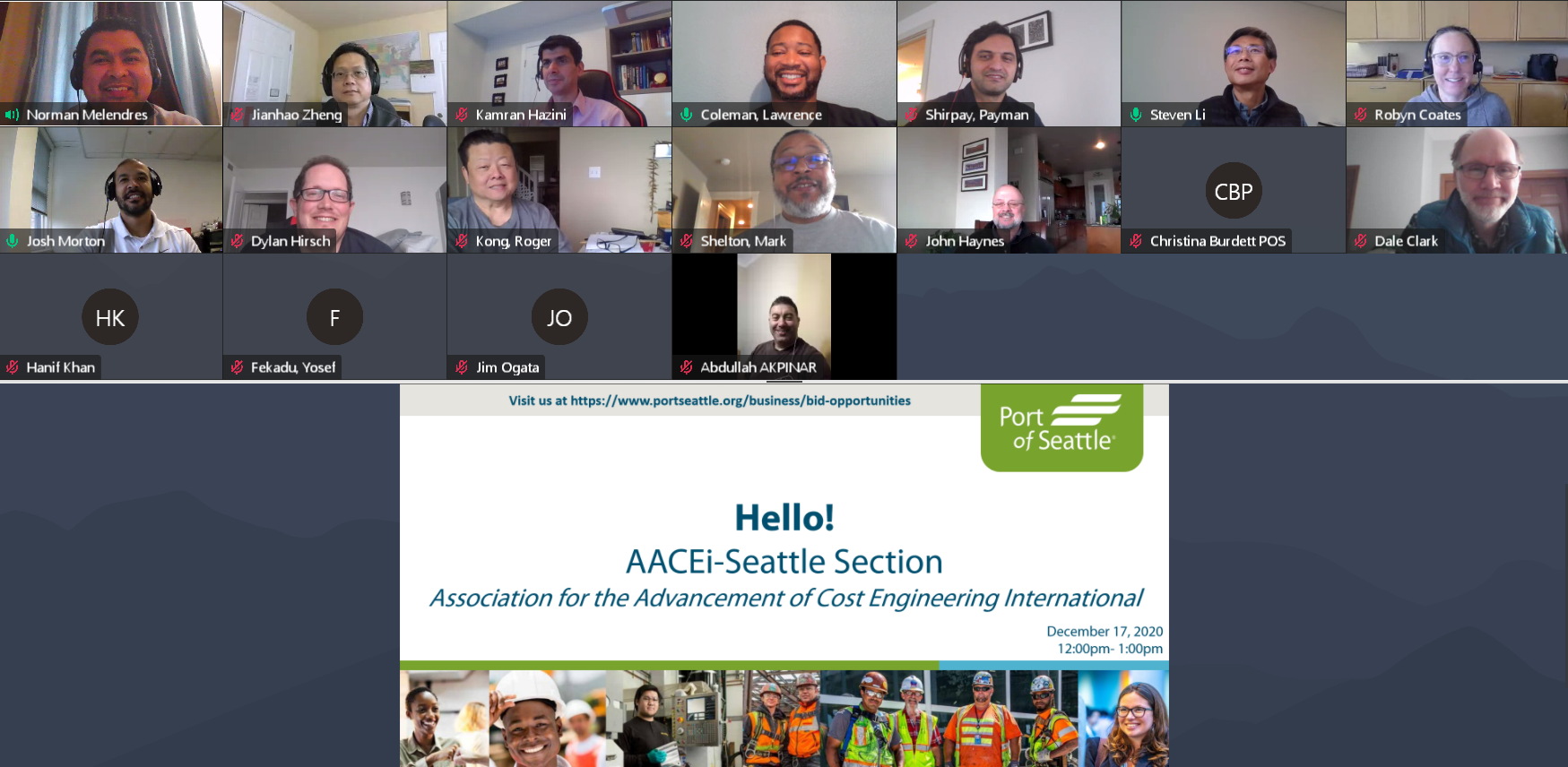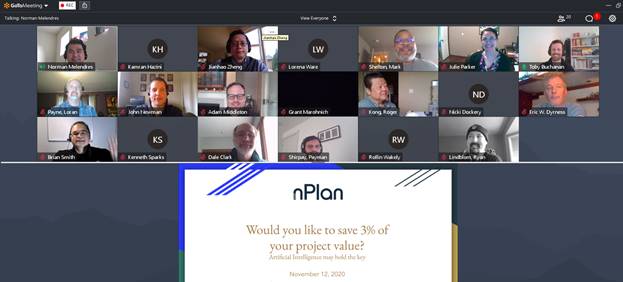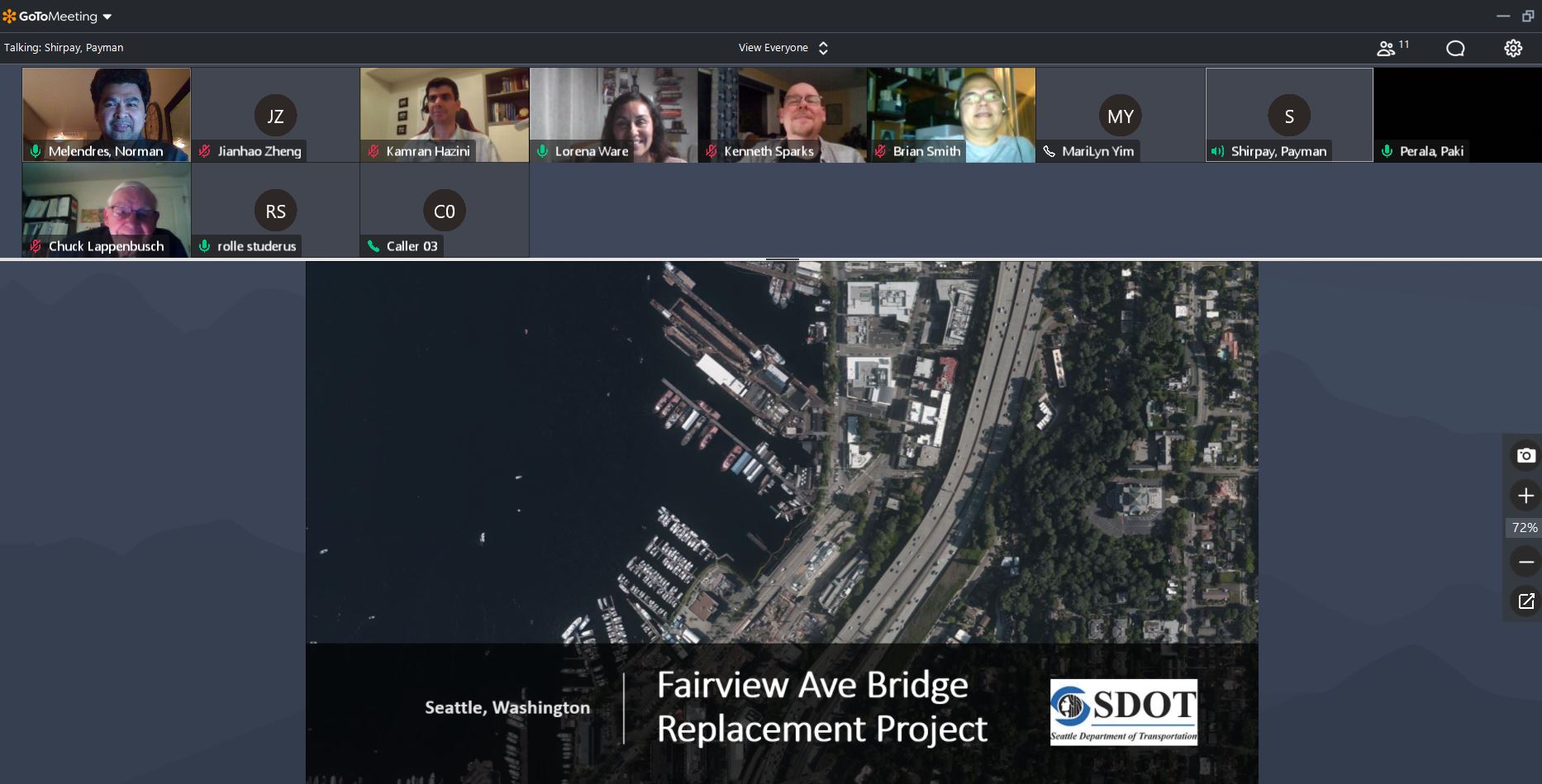SPEAKER:
Peter Starnes – BIM Manager
Mott MacDonald
Mr. Starnes has more than 25 years of experience in maritime civil engineering for infrastructure and transportation projects. He champions the use of Building Information Modeling (BIM) processes and provides leadership and guidance for collaborative working. He acts as information manager on BIM projects to ISO:19650, and devises and monitors suitable workflows for BIM processes, tailored to the needs of the project. Mr. Starnes manages a team of BIM coordinators and is responsible for ensuring consistent quality and on-time delivery of technical models. Mr. Starnes is currently the BIM Manager responsible for overall BIM management for the Bay Area Rapid Transit (BART) Silicon Valley Extension Phase II (BSVII) in San José, CA.
LOCATION: (Virtual via Go To Meeting)
PROGRAM TIME:
Jun 24th, 2021 @ 7:00 PM (PST)




